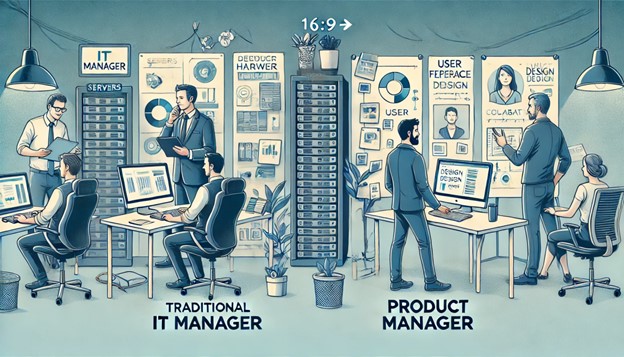
In today’s fast-evolving corporate environment, the concept of connected leadership has become more pertinent than ever before. Rooted in the principles of emotional intelligence, connected leadership bridges the gap between traditional management practices and the more nuanced demands of modern workforce dynamics. This leadership style not only enhances team productivity but also fosters a workplace culture rooted in empathy, transparency, and collaboration.
Understanding Connected Leadership
Connected leadership is fundamentally about emotional intelligence. It requires leaders to be self-aware and empathetic, recognizing not just their own emotions but also those of their team members. By observing subtle cues—such as shifts in body language or tone—a connected leader can discern dissatisfaction or stress in their team, and address these issues proactively. This sensitivity allows leaders to navigate the complexities of human emotions in the workplace, ensuring that they manage not just the work, but also the people effectively.
A key aspect of connected leadership is its emphasis on vulnerability and accountability. Leaders who embrace this style are not afraid to acknowledge their weaknesses, which in turn encourages their teams to open up and share their own vulnerabilities. This mutual trust paves the way for a more open, communicative, and ultimately productive workplace environment.
The Importance of Connected Leadership in Organizational Culture
The impact of connected leadership on an organization’s culture cannot be overstated. By fostering open communication and collaboration, connected leaders cultivate an atmosphere of honesty and integrity. Employees in such environments feel valued and understood, which enhances their motivation and loyalty to the company. Furthermore, connected leadership encourages a culture where mistakes are seen as opportunities for learning and growth, rather than reasons for punishment.
This approach to leadership creates psychological safety, allowing team members to express innovative ideas and voice concerns without fear of reprisal. In a culture where autonomy and creativity are valued, employees are likely to be more engaged and productive.
Contrasting Leadership Styles
While connected leadership complements democratic and laissez-faire leadership styles, which prioritize employee input and foster personal relationships, it is less compatible with autocratic approaches. Autocratic leadership, which focuses on obedience and control, can stifle the sense of connection and lead to resentment and disengagement among employees.
Becoming a Connected Leader
For those aspiring to adopt a more connected leadership style, several actionable steps can be undertaken:
- Set an Intention:Commit to being a connected leader and develop a strategy to enhance your emotional intelligence and interpersonal skills.
- Connect Regularly:Schedule regular one-on-one and group meetings to foster stronger relationships within your team.
- Ask Questions and Listen Actively:Show genuine interest in your team members’ personal and professional lives, which will build trust and loyalty.
- Show Vulnerability:Let your team see your human side—including your flaws and mistakes—which can make you more relatable and approachable.
- Demonstrate Empathy:Make an effort to understand and share the feelings of others, and respond with compassion and support.
Connected leadership is more than just a management style; it is a philosophy that can transform organizational cultures, enhancing both employee satisfaction and corporate success. By embracing the principles of emotional intelligence and focusing on the human elements of leadership, today’s leaders can prepare their organizations to thrive in the challenges of the 21st century.







